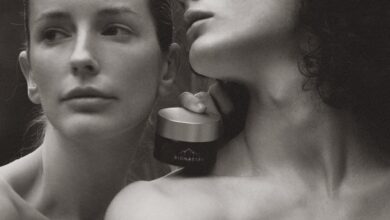Cladding is something you might have heard of once or twice, but knowing what it is for and how it works can be vital to make sure you are using it correctly. While cladding can be added to almost any surface, it can have different impacts and construction costs depending on how you make it. If you are not already familiar with cladding, here is a quick rundown about architectural cladding.
Cladding
Cladding is a blanket term for any material that is laid on top of an existing building exterior, whether for protection, heat management, or visual aesthetics. Architectural cladding is the third type: it can sometimes be used for safety reasons or give a more durable outer surface, but it is a visual change first and foremost.
You may have seen this in modern homes without realizing it: for example, houses that appear to use external wooden walls or terracotta bricks are almost always made using these materials as cladding, with a more stable and secure base underneath. This could mean that a “wooden” home is actually a regular brick house with wooden (or synthetic wooden) cladding on the outside.
About Architectural Cladding
Thinking too hard about architectural cladding might make it seem like a waste of time to some people. However, it is a great way to make the outside of your home walling look different without sacrificing safety, structure, or overall quality. You might use a nicer-looking stone cladding on the outside of regular brickwork or add a layer of wood. At the same time, other homeowners might go for modern synthetic materials that add a futuristic style.
Cladding allows these changes to be made without replacing any key parts of the house itself, almost like a more extreme form of painting. This is one of the most significant benefits of cladding, compared to other methods of changing your home’s look: nothing is weakened or replaced, and you do not cover up what already exists. This can make it useful for older buildings that need to be renovated, too.
About Protective Cladding
In some cases, a house might need better walling to protect against weather damage or other threats. For example, metal cladding might be added to a building that regularly suffers from weather-related brick damage, while another home might use classing-style roofing solutions to protect a weaker structure from rain, hail, or other types of long-term damage. This cladding is mostly made to help keep the surface underneath safe.
The nature of cladding means that you will occasionally get both at once, even if you do not intend to. For example, you might have synthetic and metal cladding on your walls for aesthetic reasons, but this can also help protect them from bad weather and make sure that the brickwork will not wear down. In areas with especially harsh climates or other hazards, such as a chance of flooding, this might even prevent significant damage.
Do I Need Cladding?
Whether you are thinking about architectural cladding or protective cladding, there is never any situation where you need it. However, it can be a really convenient and attractive alternative to other options, especially if you are looking to prevent leaks and long-term damage while also making the building look much better. Some cladding systems will naturally be more reliable than bare surfaces, too, especially if they are designed to let water easily drain out.
For larger buildings, such as offices and industrial areas, cladding can be much more important. Precast concrete is often used for bigger exterior surfaces that need better protection from the elements or an update to a more modern style, which can completely change the way the property looks. Businesses might also choose these heavier-duty materials specifically because they offer more protection, making sure that leaks and other hazards cannot damage whatever is kept inside.Synthetic materials can be another option for businesses since they add a high-tech style that can set it apart from other properties. This is most common with large offices, which can use anything from vinyl to highly-customizable synthetic ‘planks’ to create something that looks unique. They might even use them to put their business’ logo or color scheme on the outside of their property. In other cases, it might only be to ‘fix’ an older building that looks too old and out-of-date for the brand, even if it is structurally safe.




